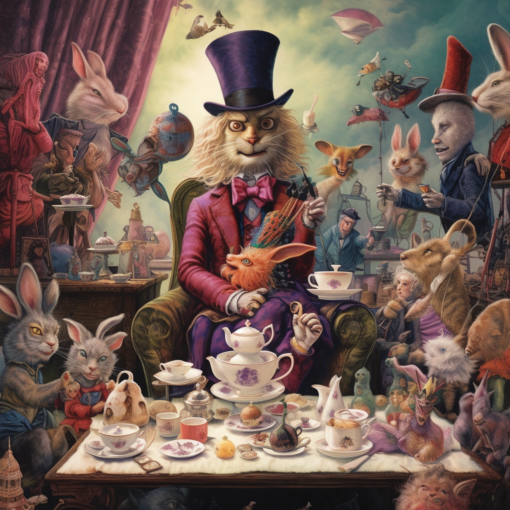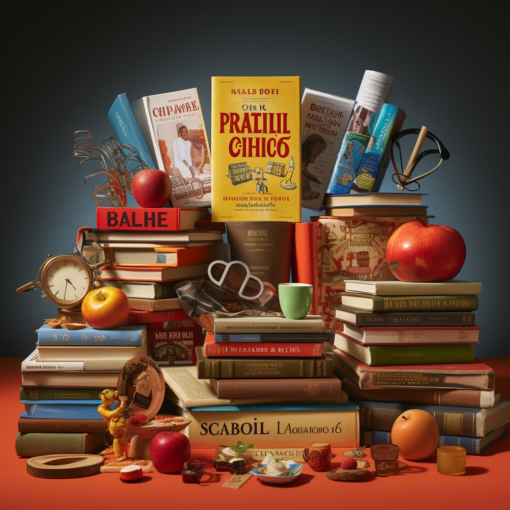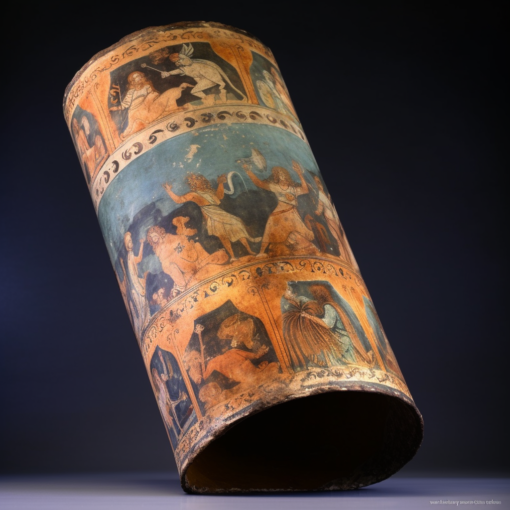Hello, cherished readers! It’s your favourite raconteur, Percival Q. Higginbottom, back with another literary exploration. This time, we’re immersing ourselves in the enchanting world of epistolary novels, where stories unfold through letters, diary entries, and other forms of written communication.
The epistolary novel, a term derived from ‘epistle,’ meaning a letter, is a form of literature that tells its story primarily through correspondence between characters. This distinctive style presents a fascinating narrative structure, providing readers with an intimate glimpse into the characters’ innermost thoughts and feelings.
Take for instance, ‘Pamela, or Virtue Rewarded,’ a pioneering work of the 18th century by Samuel Richardson. The novel, comprised entirely of letters, presents an intricate narrative through the eyes of its protagonist, Pamela. Through her letters, we witness her trials, triumphs, and transformations, allowing us to feel an immediate connection with her experiences.
In more recent times, we see the epistolary form brilliantly adapted to the digital age in Maria Semple’s ‘Where’d You Go, Bernadette’. The narrative unfolds through a series of emails, memos, and documents, creating a modern and engaging interpretation of the epistolary novel.
The beauty of the epistolary novel lies in its ability to draw readers into the story. We become silent recipients of these letters or diary entries, privy to the characters’ deepest secrets and emotions. This direct access to a character’s thoughts can create a sense of immediacy and intimacy, resulting in a deeply engaging and immersive reading experience.
But the epistolary novel is not without its challenges. The author must ensure each letter or diary entry advances the plot, and the story must make sense from the perspectives of the characters writing these letters. Despite these complexities, when executed well, an epistolary novel can offer a narrative experience like no other.
So, dear readers, I implore you to explore the world of epistolary novels. Whether you’re reading the confessions of a lovelorn character or the secret diary entries of a villain, the intimacy and depth offered by this genre is indeed a literary treat.
Until next time, may your adventures between the pages of a book be as riveting as they are enlightening!
Yours in literary exploration, Percival Q. Higginbottom

Further Reading:
- “The History and Future of the Epistolary Novel”: This article from MasterClass dives into the history of the epistolary novel and its potential future in the digital age.
- “Epistolary Novels: A Brief Overview”: Britannica offers a concise overview of the epistolary novel, discussing its form and history.
- “10 Modern Epistolary Novels”: Book Riot provides a list of ten modern epistolary novels that showcase how this narrative form has evolved over time.





5 thoughts on “The Enthralling Elegance of Epistolary Novels: A Journey Through Letters”
Thanks for sharing. I read many of your blog posts, cool, your blog is very good.
Your article helped me a lot, is there any more related content? Thanks!
Your point of view caught my eye and was very interesting. Thanks. I have a question for you.
Thanks for sharing. I read many of your blog posts, cool, your blog is very good.
Your point of view caught my eye and was very interesting. Thanks. I have a question for you. binance